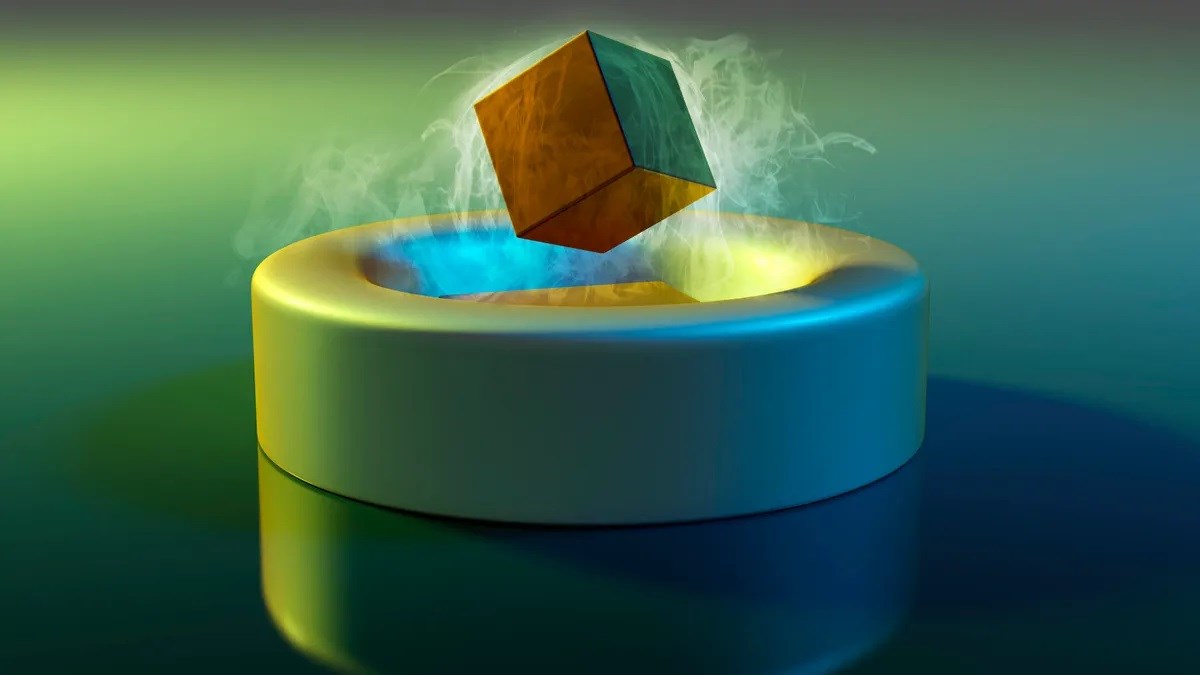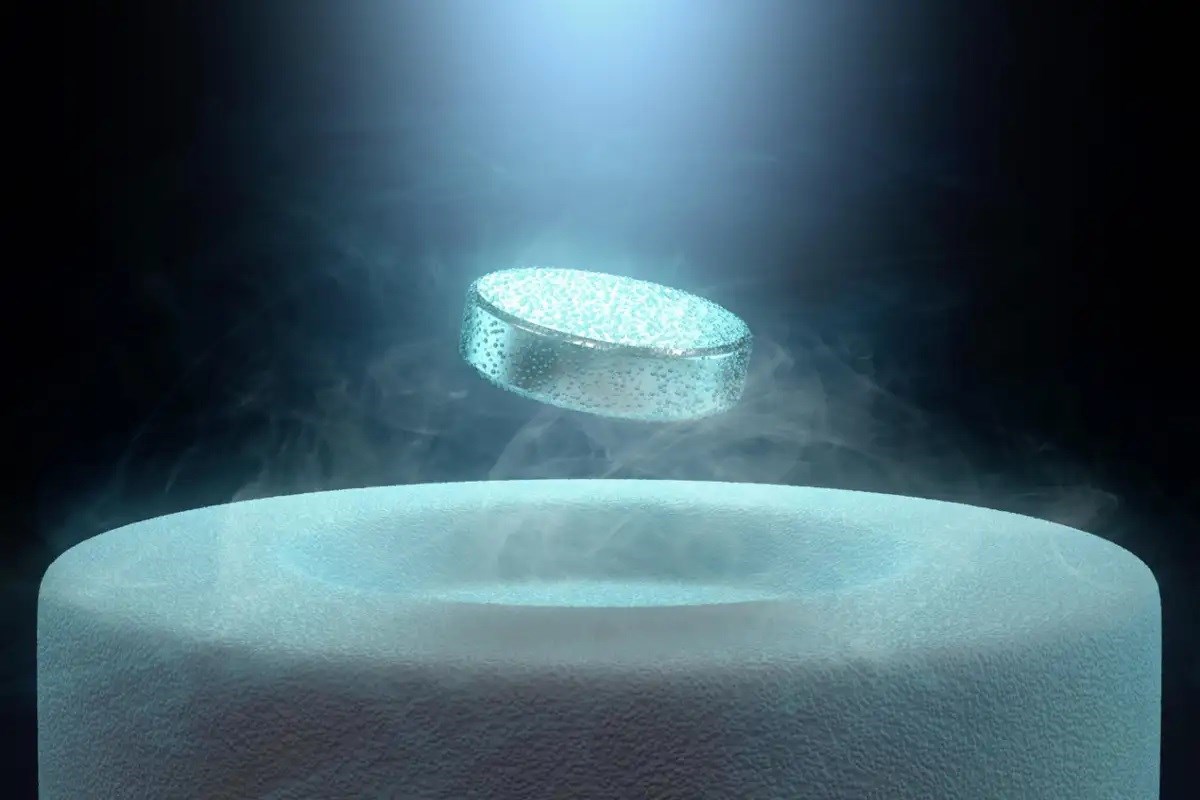 Two papers by South Korean scientists last week made an extraordinary claim that sparked social media frenzy and boosted the prices of some stocks in China and South Korea: the discovery of a practical superconducting material at room temperature.
Two papers by South Korean scientists last week made an extraordinary claim that sparked social media frenzy and boosted the prices of some stocks in China and South Korea: the discovery of a practical superconducting material at room temperature.Superconductor claim excites investors
Superconductors are materials that allow electric current to flow without resistance; This feature has the potential to revolutionize electrical grids where energy is lost during transmission and completely change areas such as computer chips where electrical resistance acts as the speed limit. Today, we use “semiconductor” materials, the name of which we use frequently. Those familiar with it know that these materials are found in almost every electronic device. Therefore, superconductors are considered as a new revolutionary point. Meanwhile, investors in China and South Korea are already excited.
Articles on a website that scientists use to share their research before official peer-review and publication encouraged researchers around the world, including at least two US national laboratories and three Chinese universities, to take a closer look at the proposed material. We have already conveyed all the details of these to you in a related news, you can reach this news right above.
The scientific community is skeptical
 South Korean scientists have published a recipe for making a superconducting material called LK-99, which involves taking a relatively common mineral called lead apatite and adding a small number of copper atoms to it. South Korean researchers published two articles, a first with three authors and a second, more detailed article with six authors, which included only two of the authors in the first article. As can be seen from both articles, the teams suggest that the LK-99 is relatively easy to make. Laboratories around the world are therefore expected to achieve the same results.
South Korean scientists have published a recipe for making a superconducting material called LK-99, which involves taking a relatively common mineral called lead apatite and adding a small number of copper atoms to it. South Korean researchers published two articles, a first with three authors and a second, more detailed article with six authors, which included only two of the authors in the first article. As can be seen from both articles, the teams suggest that the LK-99 is relatively easy to make. Laboratories around the world are therefore expected to achieve the same results.Recently, researchers from at least three Chinese universities announced that they have produced versions of the LK-99 with different results. A team from Huazhong University of Science and Technology has released a video claiming to show the material levitating above a magnet; This is important because real superconductors can hover over a magnet in any direction without spinning like a compass.
But another team from Qufu Normal University said they did not observe zero resistance, one of the required properties of a superconductor. A third team from Southeast University in Nanjing, eastern China, said they could only measure zero resistance at a temperature of -163 degrees Celsius.
Eric Toone, a scientist-turned-investor at Bill Gates’ Breakthrough Energy Ventures, said he watches any peer review and reproduction efforts by reputable labs.
“It’s very difficult to get the measurements you need to verify or demonstrate superconductivity. If true, that would be a game changer, but we have to be patient until we get more confirmation,” Toone said. said.
Possibility of deception
 The possible bad news for the LK-99 is that the field of superconductivity is filled with materials that were initially promising but are falling apart under scrutiny. The researchers even have a handy name for them: unidentified superconducting objects. Mike Norman, a condensed matter physicist at Argonne National Laboratory, said, “We call them USOs. USOs have a long history, including some very famous people who think they have a superconductor but don’t. Like everything in science – you can be fooled. Good Even humans can be deceived.” used the phrases.
The possible bad news for the LK-99 is that the field of superconductivity is filled with materials that were initially promising but are falling apart under scrutiny. The researchers even have a handy name for them: unidentified superconducting objects. Mike Norman, a condensed matter physicist at Argonne National Laboratory, said, “We call them USOs. USOs have a long history, including some very famous people who think they have a superconductor but don’t. Like everything in science – you can be fooled. Good Even humans can be deceived.” used the phrases.Issues in the original article
Norman also said there were problems with the original article. The biggest of these problems was the lack of data over a wide temperature range to show how the material behaves when and when it is in a superconducting state.
Other researchers have also found reasons to be cautious. Solid-state physicist Sinéad Griffin at Lawrence Berkeley National Laboratory used a US Department of Energy supercomputer to simulate the proposed material. Griffin found that the insertion of copper atoms into lead apatite causes an unexpected rearrangement of the material’s atoms that resembles existing superconductors. But this effect is due to copper atoms naturally getting to a point where they don’t want to go, which can make it difficult to manufacture the material in bulk quantities. Griffin also says that the LK-99 could theoretically be possible.
Even if LK-99 turns out to be a room-temperature superconductor, it will take time to determine how useful it could be, said Michael Fuhrer, a professor of physics at Monash University in Melbourne, Australia. No data is provided on how much electrical current the material can carry and still be a superconductor, which is an important question for improving power grids, Fuhrer said.
Still, Fuhrer and other physicists said the results are worth examining given the unknowns about superconductors and the possibility of their discovery by chance in a common material. Currently, research teams around the world continue to test claims about the LK-99. More clear and precise results will emerge in the coming days and weeks. We will continue to keep you informed of new developments.